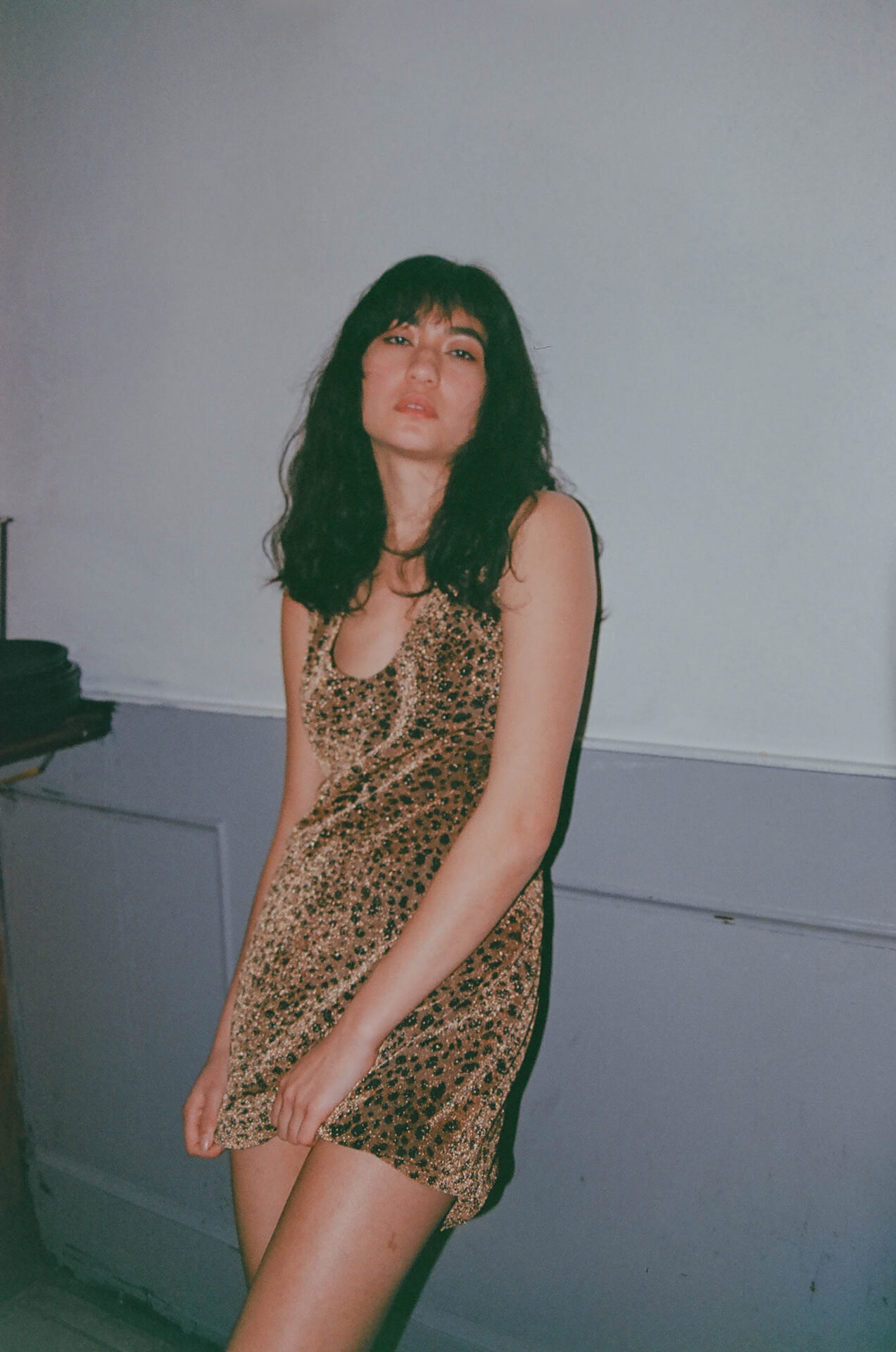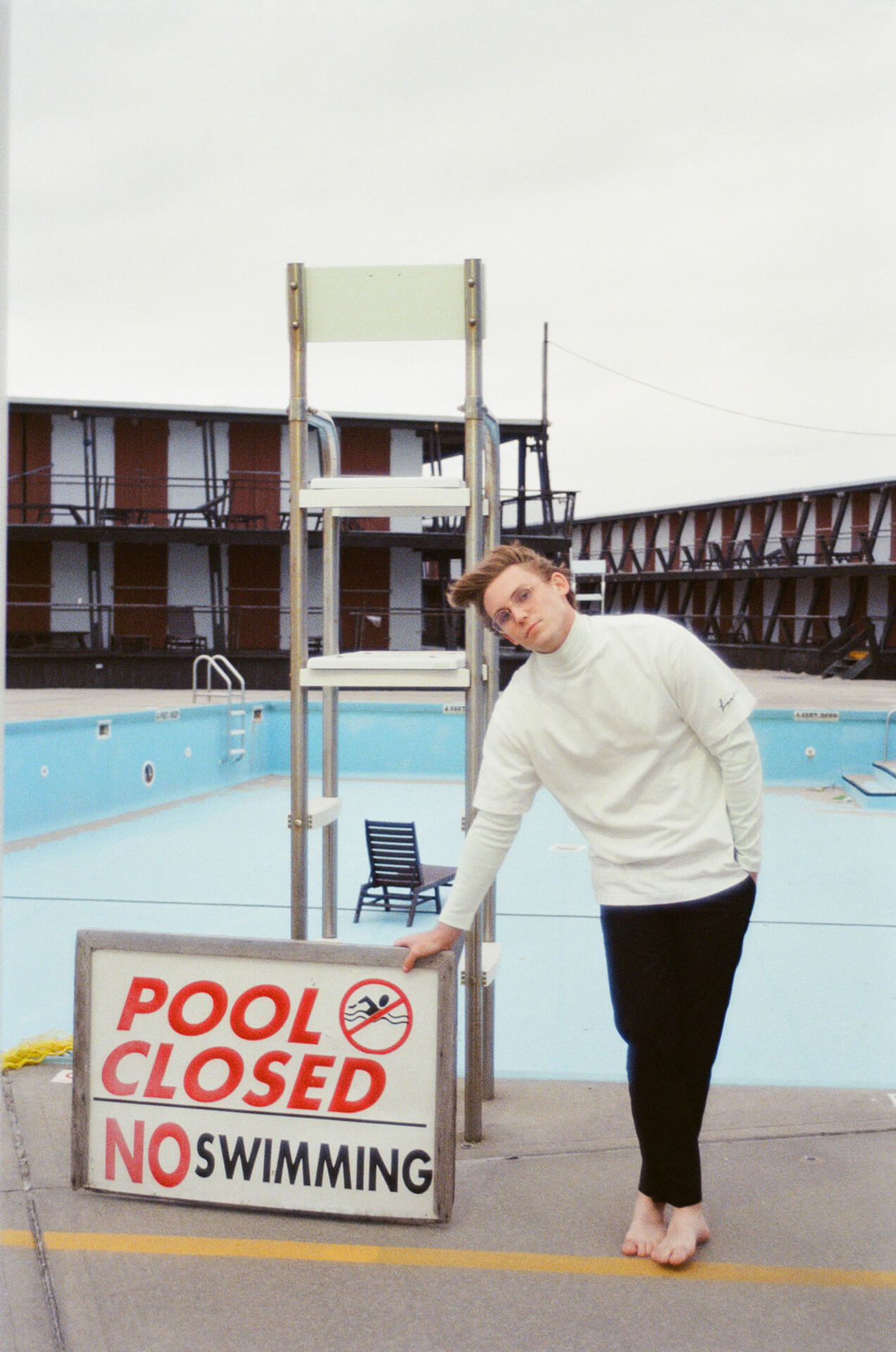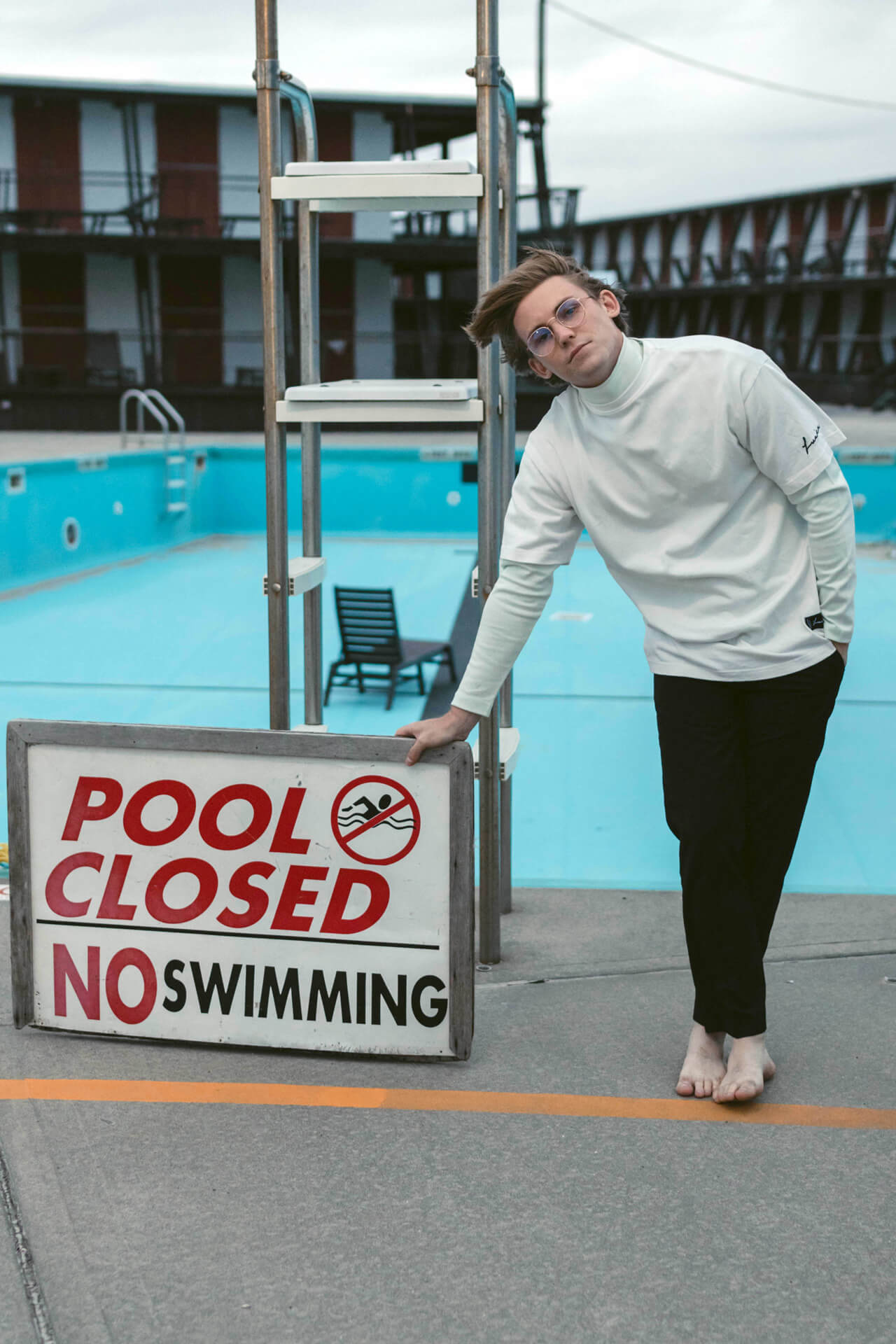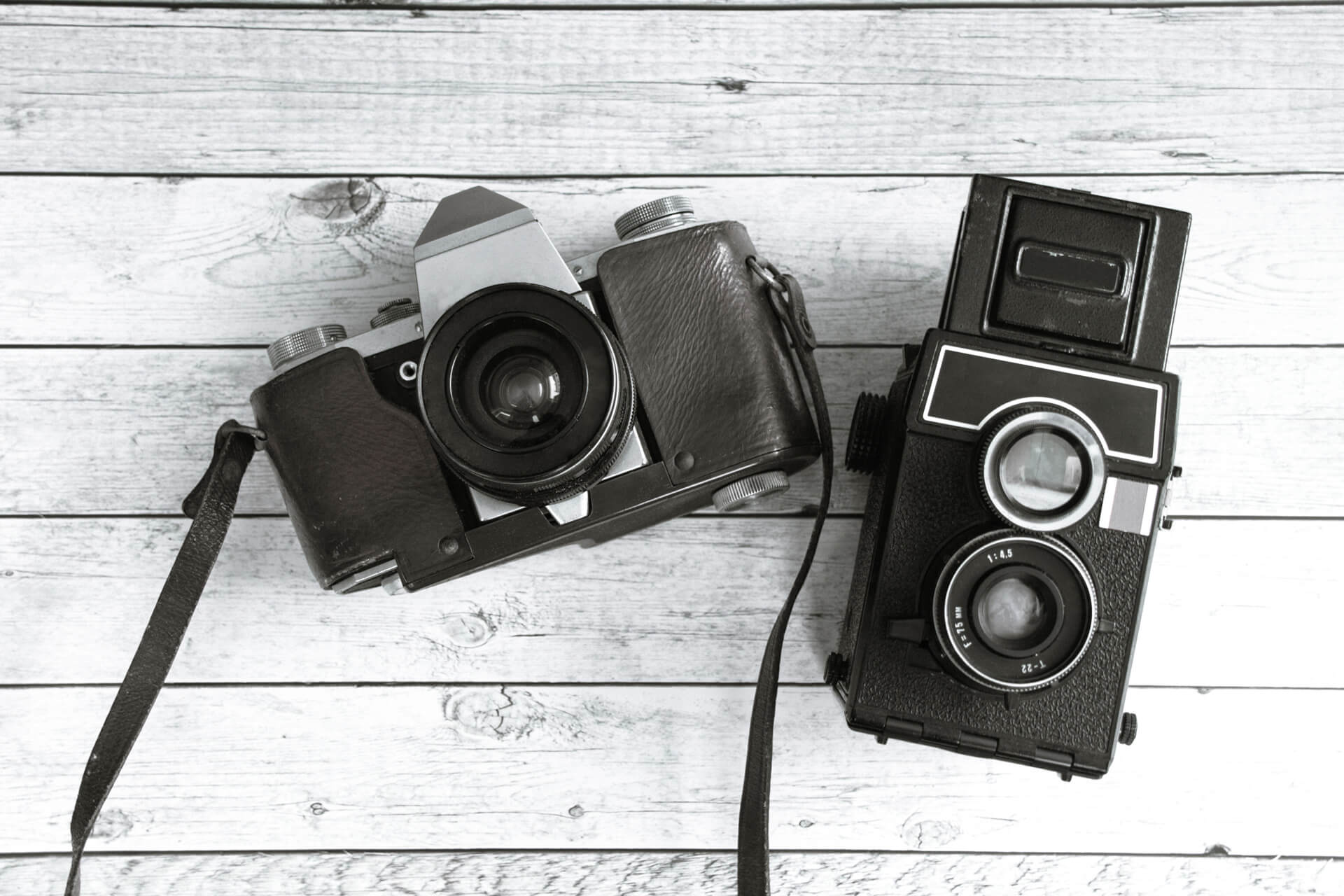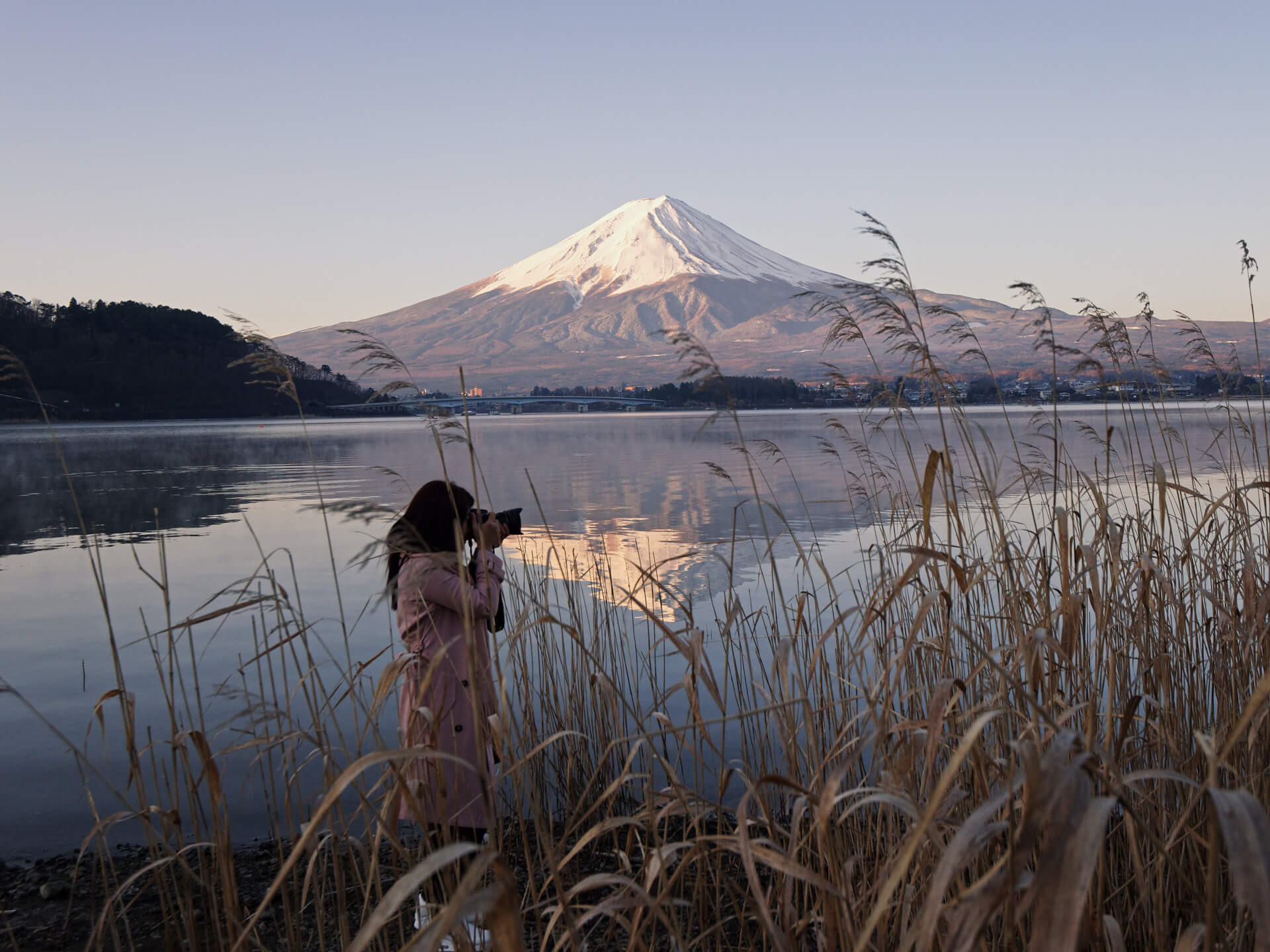Here at Kolari, we’ve always specialized in digital photography, but with our recent focus on bringing forward accessible photography education content, we would be amiss if we didn’t acknowledge the resurgence of analog processes. So why is film experiencing such a renaissance in our advanced digital age?
Interest in film has been growing steadily over the last several years, even before the pandemic. For anyone skeptical, just look at the astronomical price increases of many old film cameras and film stocks. Some cameras that would go for $15 at a yard sale a decade ago are now selling for hundreds of dollars today – even some previously discontinued film stocks have been brought back to life due to this renewed interest in the medium.
There are many factors contributing to this revival. The first factor for this comeback is nostalgia. One may think that the older generations that grew up with film are picking it up again, nostalgic for the old days, but the reality is that it’s younger generations–Millennials and Generation Z–that are investing in the medium.
So why are Millennials and Generation Z interested in an art form that all but died before their time? We’ve grown up in a society that has adopted a primarily digital lifestyle, making film “new” to us. Younger generations are experiencing a widespread sense of implied nostalgia for another time perceived to be simpler than the one we’re currently living, which draws us to film photography.
Celebrities and influencers of these generations have played a significant role in bringing film back into the mainstream in recent years. For instance, Kendall Jenner is singlehandedly responsible for the hype and subsequent tenfold rise in price after being photographed with her Contax T2 and bringing it with her on Jimmy Fallon. A camera that could once be found for around $450, the Contax T2 now sells for upwards of $4,500-$5,000.
Gen Z has grown up on social media. Instagram and TikTok have ruled their young lives, and seeing their favorite influencers shooting film has sparked an interest in them. Social media has also contributed to the influx of film through in-app filters. For years, many apps have subtly planted the film aesthetic in users’ minds. Instagram’s original logo was a Polaroid instant film camera, and you will notice that many of the in-app filters aim to emulate the aesthetic of film. Many people work hard to make their digital photos look like film to achieve that aesthetic. While some have gotten incredibly close, there is an intangible quality to film that simply cannot be replicated digitally. It can only be captured on the real thing.
We all know that life is cyclical. We’ve seen it in the fashion industry with clothing trends; we’re seeing it in the music industry with vinyl and cassettes. This is exactly what is happening now with film photography as well. With the rapid development of technology and the fast-paced mentality of our society, younger generations desire the slowness and tactility of analog. There is nothing we value more than slowing down. This is the generation obsessed with slow fashion, slow living, and slower processes. We value intention and quality over speed and quantity. We long for a past we’ve never known and hope to recreate it while living in the present moment.
Shooting film is a lesson in patience that we have all forgotten in this on-demand digital age. Film forces you to slow down, take your time, and be intentional about your actions. It can be much more meditative and ritualistic in nature. You have a limited number of shots, and each one costs a pretty penny. Those who shoot film for the art of it are often not the ones who can afford to waste a frame on something unimportant. The instant gratification and lack of financial consequence of rapid-fire shooting with a digital camera have taken a lot of intentionality and meaning out of photography. Film brings that back.
One thing that interests people the most about shooting film is the aesthetic it produces. Different film stocks have their own personality, and the tones they create are often much softer and more romantic than digital. Each shot is taken with care and each imperfection gives the photograph more character. Perfection is not the goal of the film photographer.
Probably the biggest draw for film photography is its undeniable authenticity. There was a time when every photo that hit magazine stands or billboards was heavily photoshopped to be flawless, creating an unrealistic standard of beauty. This took a significant toll on the mental health and overall self-esteem of society as a whole. In recent years, the media and marketing industries have pivoted in the opposite direction. We have turned away from fake beauty and moved towards truth. Film has allowed us to redefine our idea of beauty by capturing images that are truer to reality. Authenticity and imperfection are the new definition of perfection.
Do you shoot film? Let us know why you do it in the comments below!
If you want to read more content like this, head to our Education section and sign up for our newsletter.
